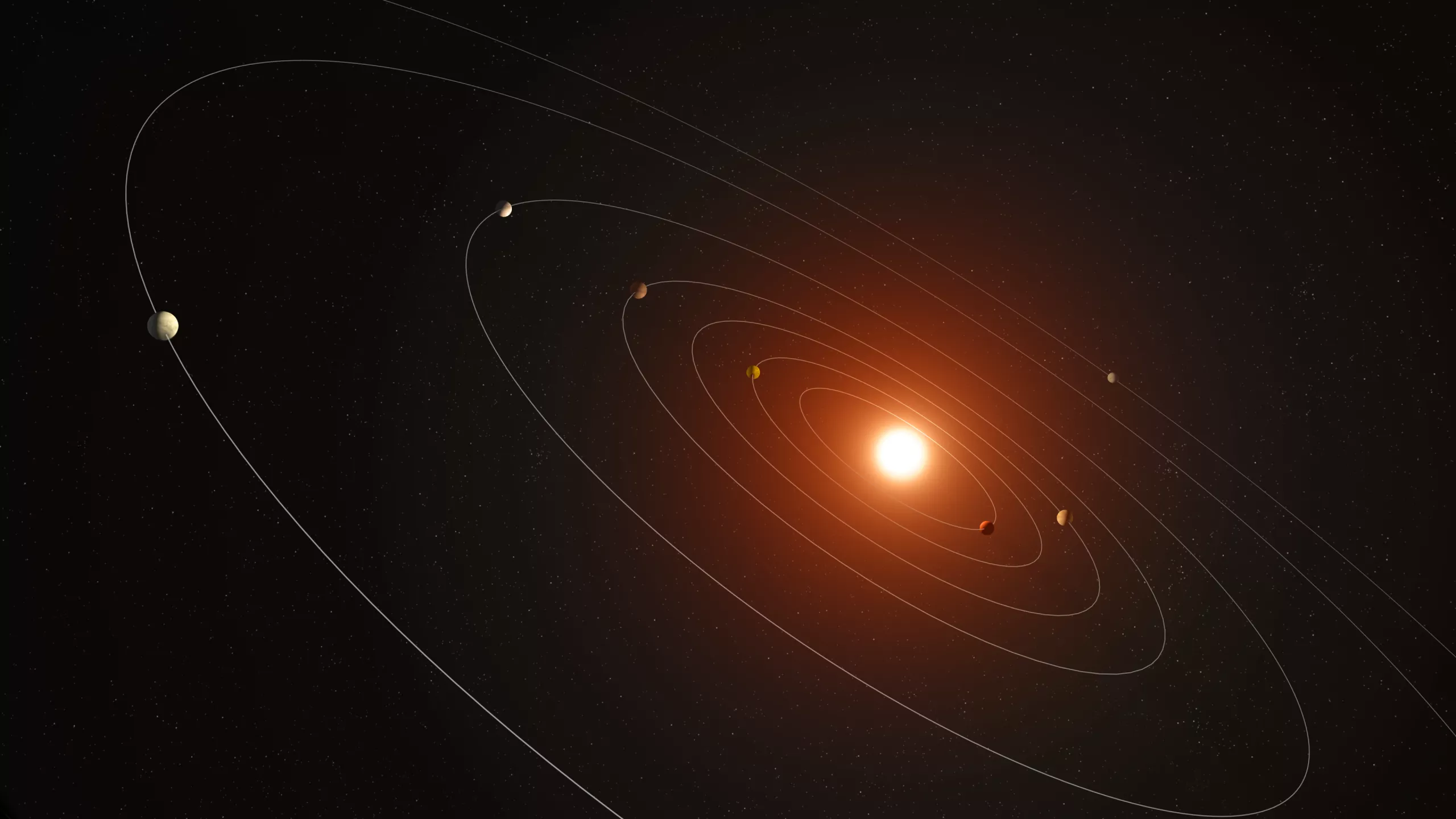Through the looking glass: Observations from NASA’s Kepler mission ended in 2018, but scientists are still pouring over what it recorded. That data can include information about new solar systems and exoplanets waiting to be discovered, not unlike the seven-planet system NASA uncovered in 2017.
NASA’s updated catalog of planet candidates from the Kepler mission includes a solar system containing seven planets that could be relatively similar to Earth. Few planetary systems have been discovered containing more than six confirmed planets or planet candidates.
The agency describes all seven planets orbiting the star Kepler-385, located over 4,600 light-years from Earth, as “scorching.” NASA hasn’t provided precise information on each planet’s temperature, but they are likely burning because the star is similar to the Earth’s sun but 10 percent larger and five percent hotter. Each planet receives more heat than any in our solar system.

Prior analysis indicates that most or all of Kepler-385’s planets orbit the star in a few days to a few weeks, suggesting they are much closer to their parent than Earth is to the sun. The new findings indicate that all seven worlds are larger than Earth but smaller than Neptune, signifying either super-Earths or small gas giants.
The inner two planets are likely rocky and slightly bigger than Earth, with thin atmospheres. However, the outer five worlds each have roughly double the Earth’s radius and a thick atmosphere, so they might be more similar to Neptune.
Kepler’s initial observations concluded in 2013, but NASA extended the mission until 2018. The initial findings revealed that the Milky Way galaxy contains more planets than stars, but a new study has yielded more detailed information, leading to an updated catalog containing nearly 4,400 possible planets and 700 systems with multiple worlds each.
Recent discoveries from old data are possible because improved measurements enable scientists to more accurately gleam information from each planet’s transit over its parent star from Earth’s perspective. Further noteworthy results will likely emerge as researchers continue studying Kepler’s data.
The newest findings related to Kepler-385 recall the 2017 discovery of TRAPPIST-1 – another seven-planet system. Unlike Kepler-385, TRAPPIST-1 is only 40 light-years from Earth, and at least three of its planets occupy the system’s habitable zone, where liquid water can form on the surface.

